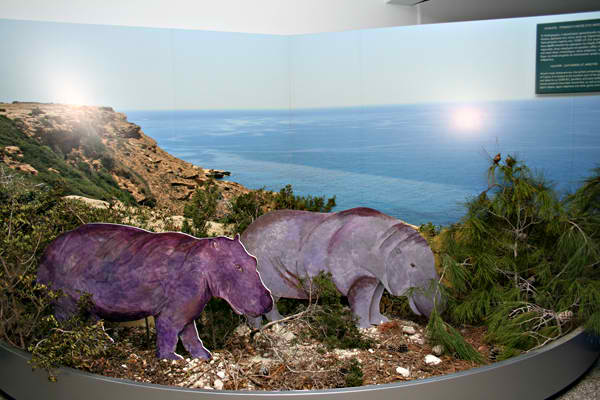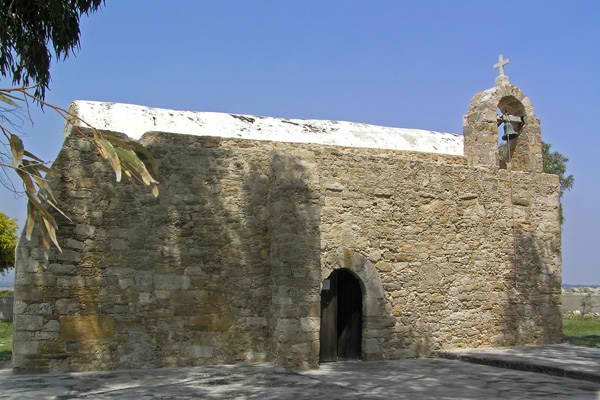LOG IN. UPLOAD PICTURES.
The Philippines has Zambo Mart to help propagate the Chavacano Language.
Akrotiri History and Culture
Akrotiri History and Culture
The southern cliffs of the peninsula host the earliest known archaeological site in Cyprus, at a locality known as Aetokremmos. This is a hunter-gatherer site dated to 12,000 years ago with findings which include bones of pigmy hippos and pigmy elephants. The wider area includes many other archaeological and religious sites of later periods such as churches, lock-cut tombs and catacombs.
Many more archaeological sites prove that the area was inhabited during the different historic eras, and it was indeed an important place. At the site of Aetokremmos, about 1500 rock-cut tombs have been discovered, of Roman, Byzantine and Early Christian periods. There are also many other archaeological sites on the peninsula, from Hellenistic, Roman, Byzantine and Christian periods as well as later period’s monuments. Lamnia archaeological site of the Hellenistic period, Saint Nicholas of the Cats monastery of the early Byzantine period, Agios Dimitrianos, a chapel of the 12th century, Panagia Galoctotrofousa, monastic building also from 12th century, are just few examples.
Today, local Akrotiri villagers are still occupied with traditional basketry, an occupation that tends to disappear. Basketry is one of the most ancient handicrafts, which have not changed through the centuries. Currently very few individuals are still engged with basketry craft in the village.


